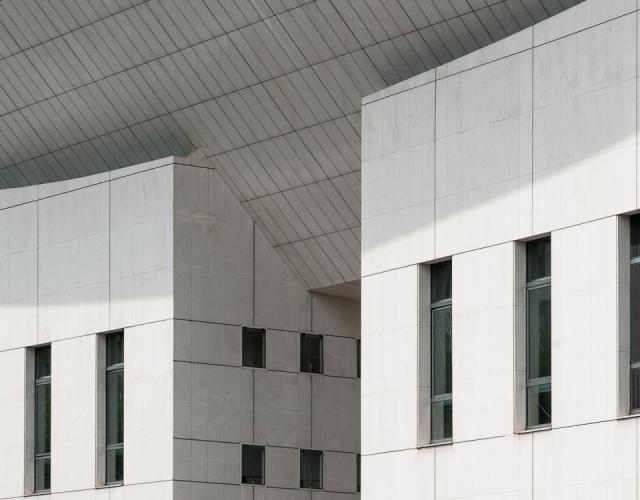
Image sound: specialisation
INFORMATIONS
-
Objectives and content
Be familiar with the multichannel sound post-production process for a feature film.
Master the methodological tools of the professional world
Master the tools of sound editing and picture mixing
Master the standards of a ready-to-broadcast (RTB) project.
Module 1: Sound post-production and multichannel techniques
History of multichannel sound in cinema from 1931 to the present day :
Multichannel broadcasting processes in cinema, television, DTT, DVD, multimedia: Dolby, DTS, SDDS, ATMOS, etc....
Standardisation of broadcasting standards ISO 2969, ISO X, controlled levels and spectrum
Sound recording techniques: direct sound, ambiences and sounds alone, music
Transferring sound elements between the various film post-production trades
Sound post-production :
- Lyrics editing
- Sound design and editing, sound library management
- Post-synchronisation
- Sound effects
Mixing techniques
- Voice pre-mix
- Pre-mixing atmospheres and effects
- Multitrack mixing, stems and specific routing
- Dynamics and spectrum processing
- Mix compatibility: Downmix and UpMix
- Notions of mastering
Module 2: Practical exercises, sound editing and multichannel mixing for a feature film
Students work in pairs to edit an extract from a fiction film. They will be given the edited image, the conformation of direct sound, post-synchronisation, sound effects and music. Using a sound library dedicated to the film, each team has to edit the direct sounds, ambiences and effects and complete the preparation of the edit for a 5.1 multichannel mix.
The students are responsible for managing the entire edit, transferring the elements to the mixing room and organising and breaking down the tracks.
The mixing takes place over four days, with each pair mixing the work done by another group:
- Spacing the sounds (speech, ambience, effects, sound effects)
- Shaping and spacing of music (stereophonic sources)
- Monitoring control
- Mixing stations, preparation of a six-track master
- International version (preparation)
- Variations of mixed versions according to broadcast criteria.
-
Entrance terms and conditions
FSMS 3-4
-
Assessment terms and conditions
Post-production session conformation and mixing 5.1.
-
Erasmus
No

